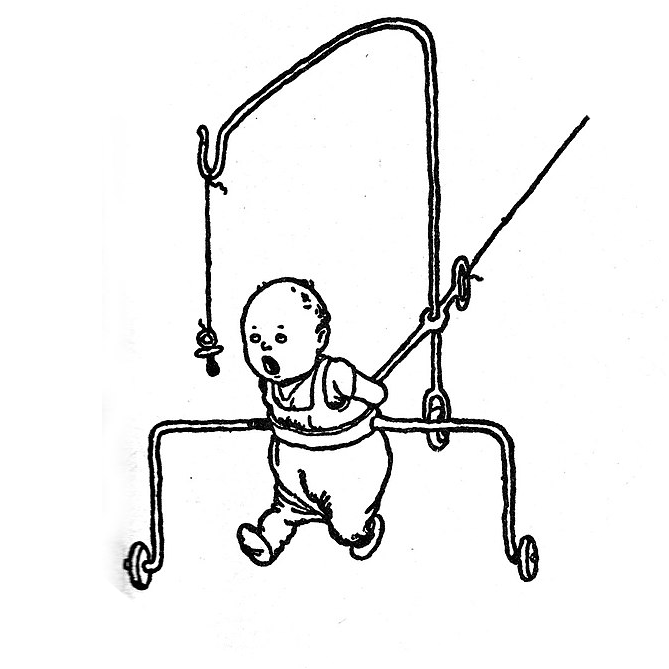I regret not getting clearer pictures to zoom in and see the words on the instruments but I felt the need to be discreet as I was just walking by, these ocean-front home garages are rarely/NEVER left open unattended. What is this mystery chamber?
One more different angle picture in the comments, you can see the seating bench in the chamber.


They are very dangerous to operate. You’re working with 100 percent O2 under pressure, so even little things like lotions/ perfumes that use a thinning product can cause combustion.
As far as enforcement… There are only a couple different companies capable of making a chamber that can withstand 6 atmospheres of pressure safely, and they’re all governed by CMS like other pieces of heavy duty medical equipment.
There’s a lot of licensing and overwatch for medical equipment like this, if a company were to actually make one without going through the proper channels the companies and licensing orgs that have done their due diligence would come after them.
Not to mention that breathing 100% O2 at pressure can be deadly by itself.
100% O2 at sea level means you are breathing about 1 bar of oxygen, usually called 1 partial pressure of oxygen (PPO2). The commercial machine in the OP supports 1.5-3 atm of pressure, assuming that I saw the right info. 100% O2 at 3 atm would mean breathing about 3 PPO2, which is more than enough to cause problems.
You said it needs to safely support 6 atms of pressure, do you mean for the safety margin? You could safely breath air (21% O2) at 6 bars, it would be about 1.25 PPO2. Breathing 100% O2 at 6 bars would be about 6 PPO2, absolute insanity.
Divers expose themselves to a maximum of 1.4 PPO2 because it starts to become toxic at 1.6 and above.
When diving, there is a balancing act between nitrogen and oxygen that starts with your air mixture. More oxygen and less nitrogen lowers your risk of decompression sickness (caused by nitrogen) and allows you to stay deeper for longer, but it lowers your maximum operating depth (MOD) because of oxygen toxicity.
A common “nitrox” mixture is 32% O2, which has a MOD of 111 ft. Going deeper risks having seizures underwater which are obviously extremely dangerous. We put the O2 mixture and maximum PPO2 into our dive computers and never exceed any of the thresholds it gives us.
That said, things like cold, physical exertion, etc. bring the threshold down to that 1.6 bar number. You are exposed to those things while scuba diving but not in a hyperbaric chamber, so the threshold is probably higher in a hyperbaric chamber.
I wouldn’t ever think about “hyperbaric oxygen therapy” outside of a hospital, the risks are too high.